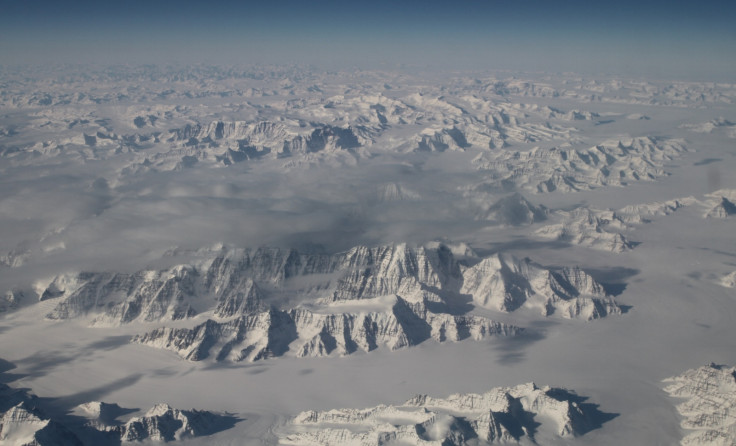'Pristine' ice of Greenland is full of toxins – and when it melts, they'll enter the sea
Climate change won't just lead to rising sea levels - it could mean more polluted waters.

The Greenland ice sheet is often pictured as one of the last remaining untouched wildernesses of the world. But even remote parts of the ice are rich in toxins released by human activity, a new study finds.
Banned chemicals, mercury and lead are present in the Greenland ice sheet at concentrations high enough for microbes specialising in breaking them down to be found there, according to the study published in Environmental Research Letters.
These pollutants – including polychlorinated biphenyls (PCBs) and polycyclic aromatic hydrocarbons (PAHs) – are mostly not from local sources. Persistent organic pollutants travel widely around the globe, and very few organisms are capable of breaking them down. They tend to accumulate up the food chain, contributing to the declining populations of top predators such as killer whales and polar bears.
The study did not look directly at the levels of these pollutants in the ice sheet, but at the microorganisms that have the genes to break them down. The presence of these microorganisms that can resist and degrade the toxins is a strong indicator that they are in the ice in abundance.
The sites sampled were very remote – near Thule in the north-west, Disko Bay and Kangerlussuaq in the west, Qassimiut in the south-west and near Tasiilaq in the south-east. All the sites are far from settlements, with human activity in the areas consisting of maintenance visits to weather stations once a year or so, study author Aviaja Hauptmann of the University of Greenland told IBTimes UK.
These pollutants may cause a significant problem as the Greenland icesheet continues to melt as climate change progresses. Toxins that are at present locked up in the ice could be released quickly into the ocean as glaciers and ice cover retreats. However, the presence of these microbes could at least partially stem this flow, Hauptmann said.
"For some organic contaminants it might be an advantage to have microbes breaking them down as it will result in less harmful molecules," she said. "But for other contaminants the by-product of breaking down the contaminant could result in equally or more harmful molecules. However, this is a pilot study and we definitely need more information on how active the microbes can be in on the ice sheet."
The metals, however, are not broken down. The microbes measured had a resistance to high levels of mercury and lead so they were able to live in the polluted environment, but they did nothing to alter the metal to make it less toxic to other forms of life.
This calls for more rigorous attention to the release of such pollutants, which are used in products such as insect repellents, fire retardants and industrial processes.
Just how much of a problem will these contaminants cause us as the Greenland ice sheet melts with climate change?
"We do not know yet. We hope to do more research in this area in the coming years," Hauptmann said.
© Copyright IBTimes 2025. All rights reserved.






















